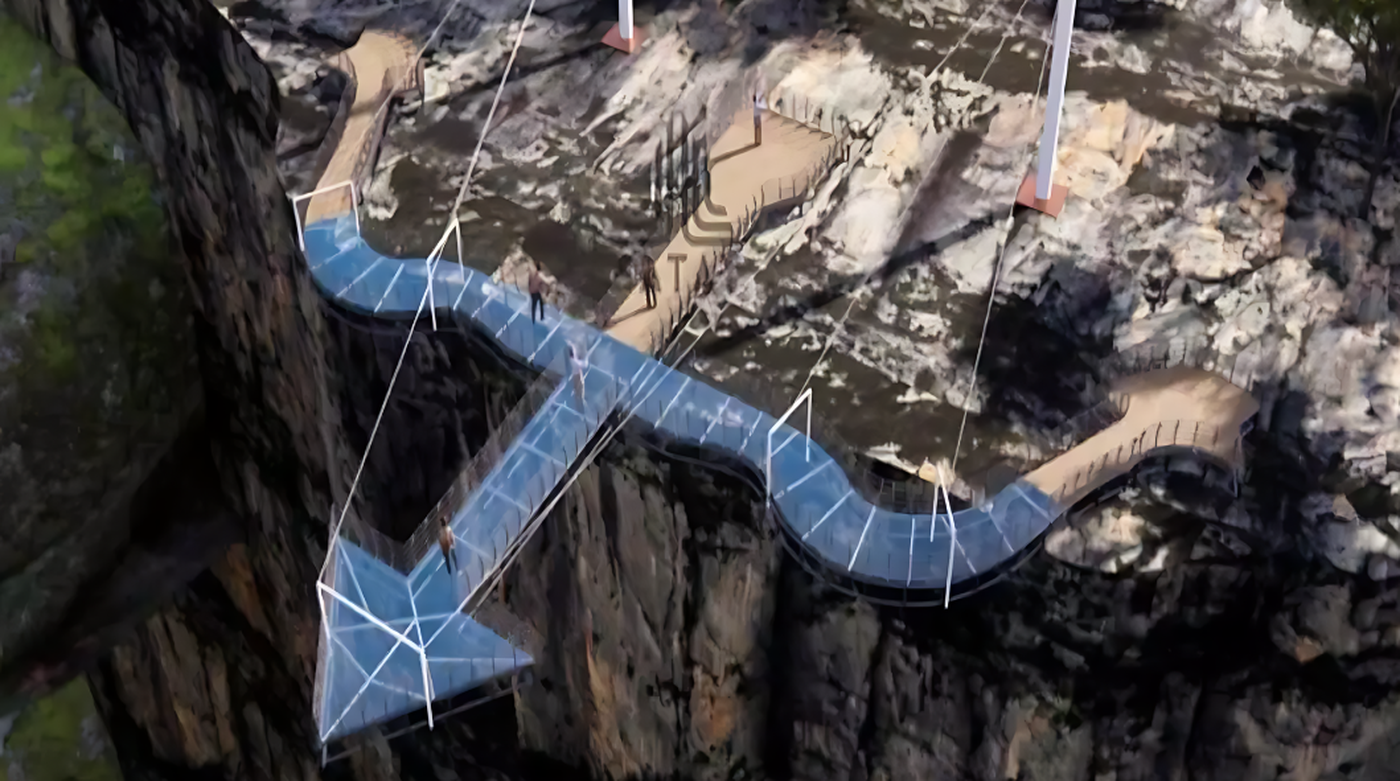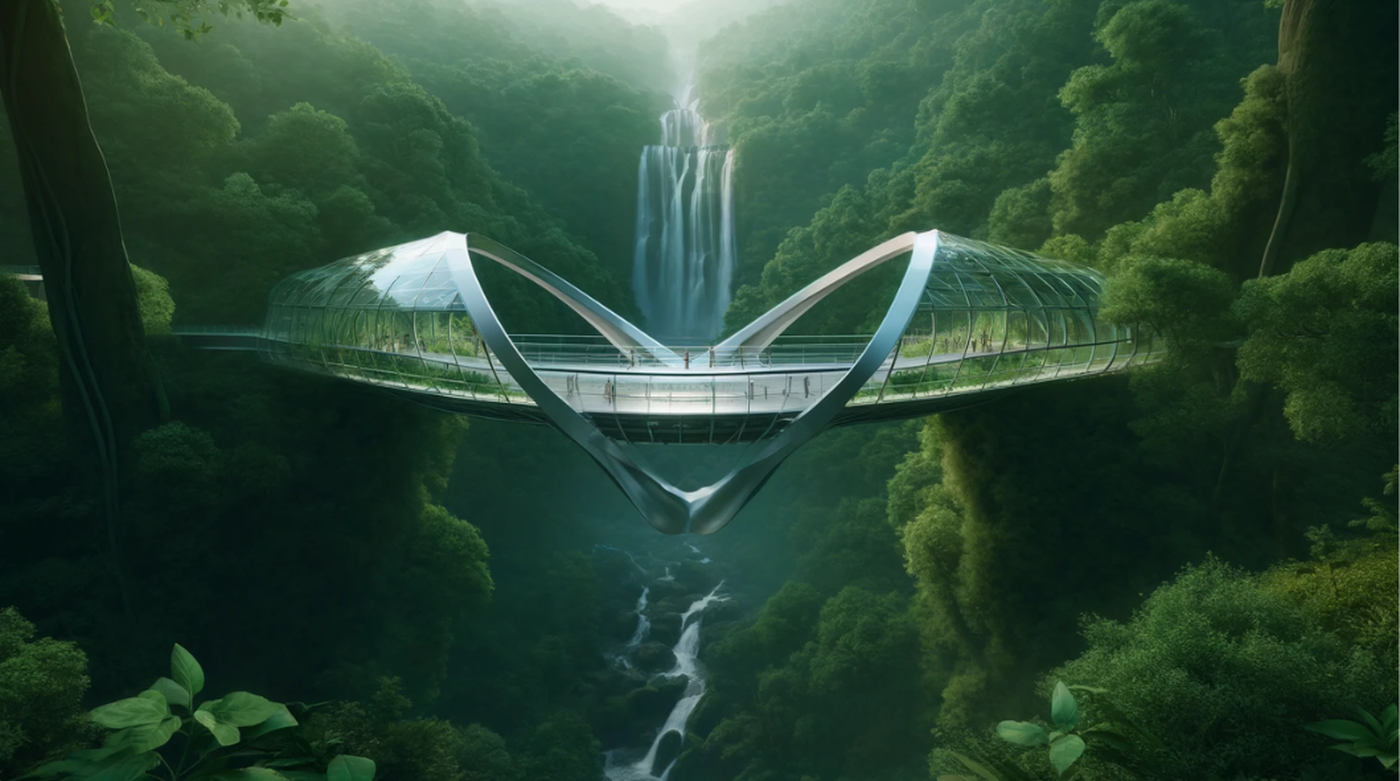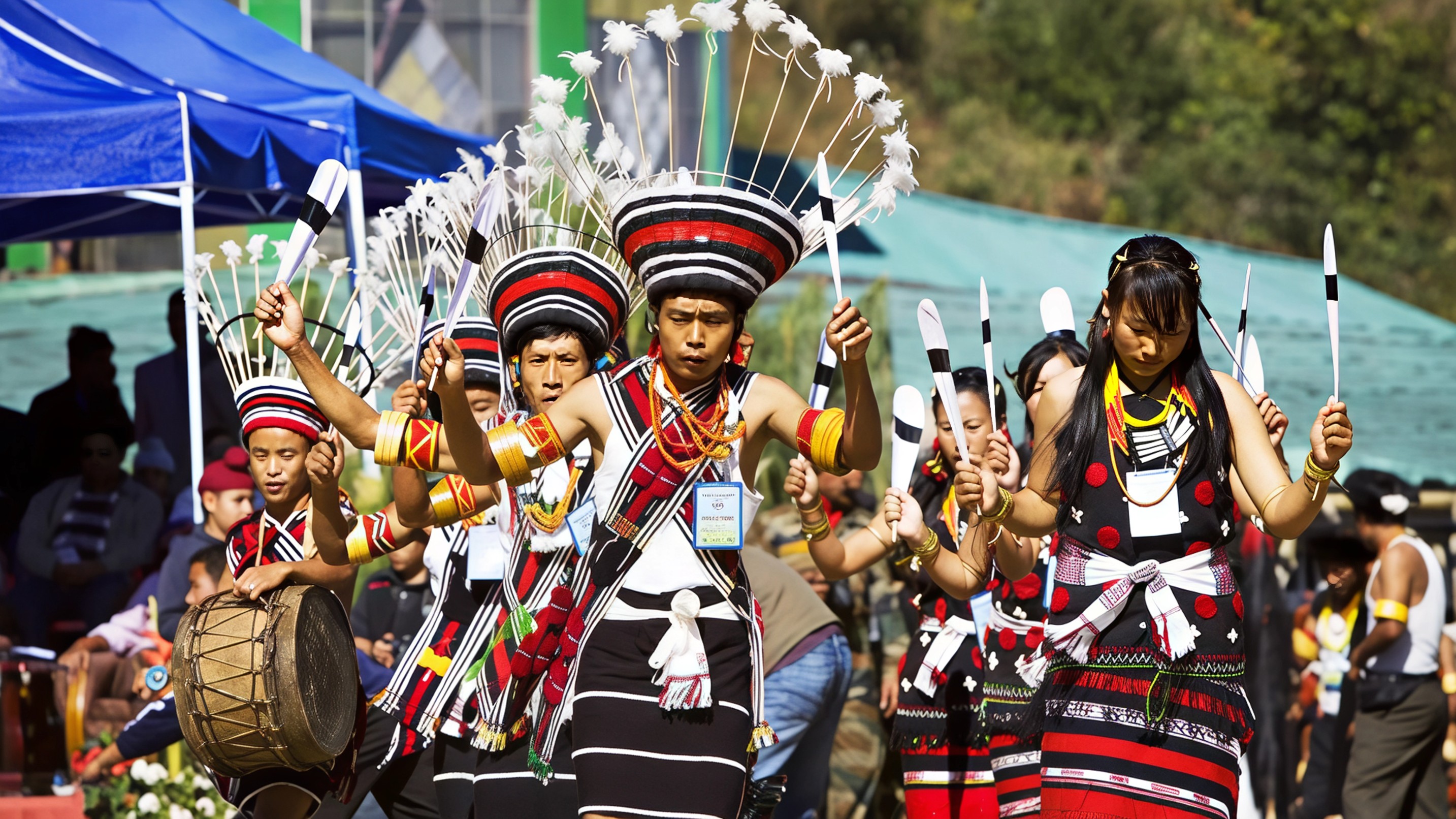Uttar Pradesh is poised to introduce its inaugural glass skywalk bridge, beautifully located against the scenic Tulsi Waterfalls within the Markundi range of the Chitrakoot forest division. This destination combines architectural innovation with the stunning allure of nature.
Constructed with a blend of glass and steel, this engineering feat embodies the shape of Lord Ram's iconic bow and arrow, symbolizing both strength and heroism. The bridge has seen an investment of INR 3.70 crore, aimed at transforming eco-tourism in the area.
This project, a creative initiative by the Forest and Tourism Department, seeks to boost Chitrakoot's profile as a top tourist destination. Inspired by the famous skywalk glass bridge in Rajgir, Bihar, this structure is designed to attract visitors through its visual appeal and architectural excellence.

Anticipated Launch Following Lok Sabha Elections
The inauguration of the glass bridge, scheduled after the Lok Sabha elections, is expected to usher in a new era of tourism in Uttar Pradesh. It is projected to become the highlight of an exciting eco-tourism hub. The surrounding region has been developed into a lush area known as 'Kodand Van,' offering a serene escape amidst the beauty of nature.
Constructed by the renowned Ghazipur-based Pawan Sut Construction Company, the bridge exemplifies a successful collaborative and visionary effort. Formerly named Shabri Waterfall, the site, now called Tulsi Waterfalls, was renamed by the state government in honor of Goswami Tulsidas's birthplace in Rajapur and the revered shrine of Lord Shri Ram.
Bridge Specifications and Amenities
The bridge, in the form of a bow and arrow, extends 25 meters towards the abyss and spans 35 meters between its robust pillars. It boasts a significant load capacity of 500 kg per square meter, ensuring the safety and comfort of visitors looking for an exhilarating experience.
As the first glass skywalk in Uttar Pradesh nears its public debut, it stands as a beacon of engineering excellence, cultural celebration, and natural beauty. Future developments, including parks, herb gardens, and restaurants, are planned to promote sustainable tourism and make this landmark a beloved attraction in the heart of Chitrakoot's wilderness.








